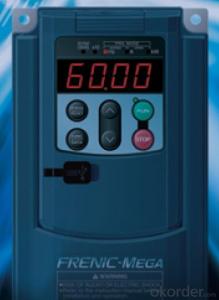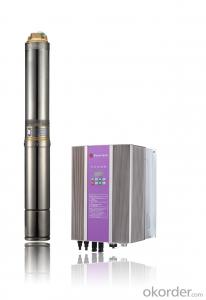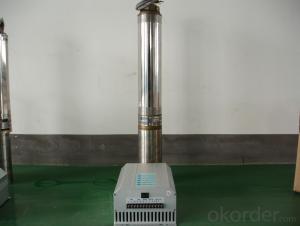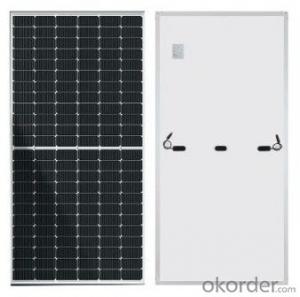Cherry Solar Inverter
Cherry Solar Inverter Related Searches
Chinese Solar Inverter Solar Charge Inverter Inverter Solar Cell Battery Solar Inverter Inverter Solar Smart Solar Inverter House Solar Inverter Solar Solar Inverter Solar Inverter In Chennai Cheap Solar Inverter Galaxy Solar Inverter Solar City Inverter Solar Energy Inverter Solar Smart Inverter Smart Inverter Solar Solar Inverter Christchurch Homemade Solar Inverter Raspberry Pi Solar Inverter Inverter Battery Solar Chint Solar Inverter Sharp Solar Inverter Battery Inverter Solar Central Inverter Solar Solar Rechargeable Inverter Cheap Solar Power Inverter Home Solar Inverter Inverter Charger Solar Power Solar Inverter Japanese Solar Inverter Cps Solar InverterCherry Solar Inverter Supplier & Manufacturer from China
Cherry Solar Inverter is a line of high-quality solar power conversion devices designed to optimize the performance of solar energy systems. These inverters are engineered to convert the direct current (DC) generated by solar panels into alternating current (AC), which can then be used by homes and businesses. They are known for their efficiency, reliability, and user-friendly interface, making them a popular choice among solar energy enthusiasts and professionals alike.The Cherry Solar Inverter is widely used in various applications, including residential, commercial, and industrial settings. It is particularly beneficial in areas where there is a high demand for clean, renewable energy. These inverters are designed to work seamlessly with solar panel systems, ensuring that the generated solar power is effectively utilized and distributed. They are also compatible with a range of solar panel configurations, making them a versatile option for different types of solar energy projects.
Okorder.com is a leading wholesale supplier of Cherry Solar Inverters, boasting a vast inventory of these products to cater to the needs of various customers. As a reliable source for solar inverters, Okorder.com ensures that their products are of the highest quality and are available at competitive prices. This makes them an ideal choice for those looking to purchase Cherry Solar Inverters in bulk for their solar energy projects. With their extensive selection and commitment to customer satisfaction, Okorder.com stands out as a trusted supplier in the solar energy industry.
Hot Products
















































